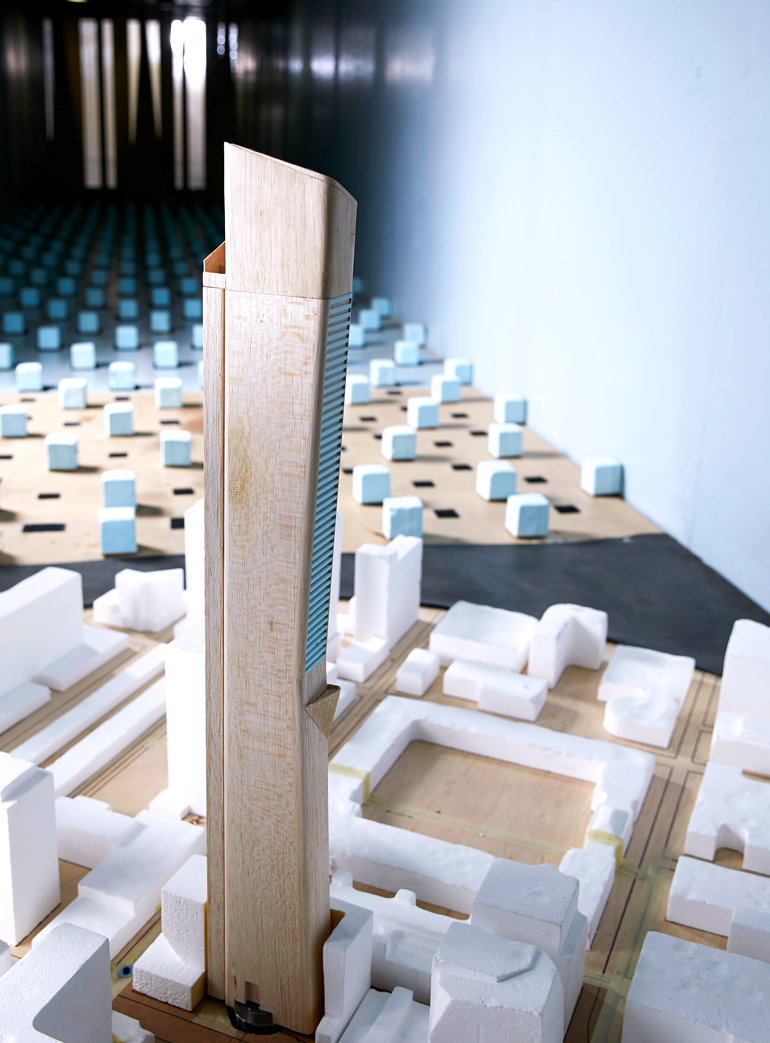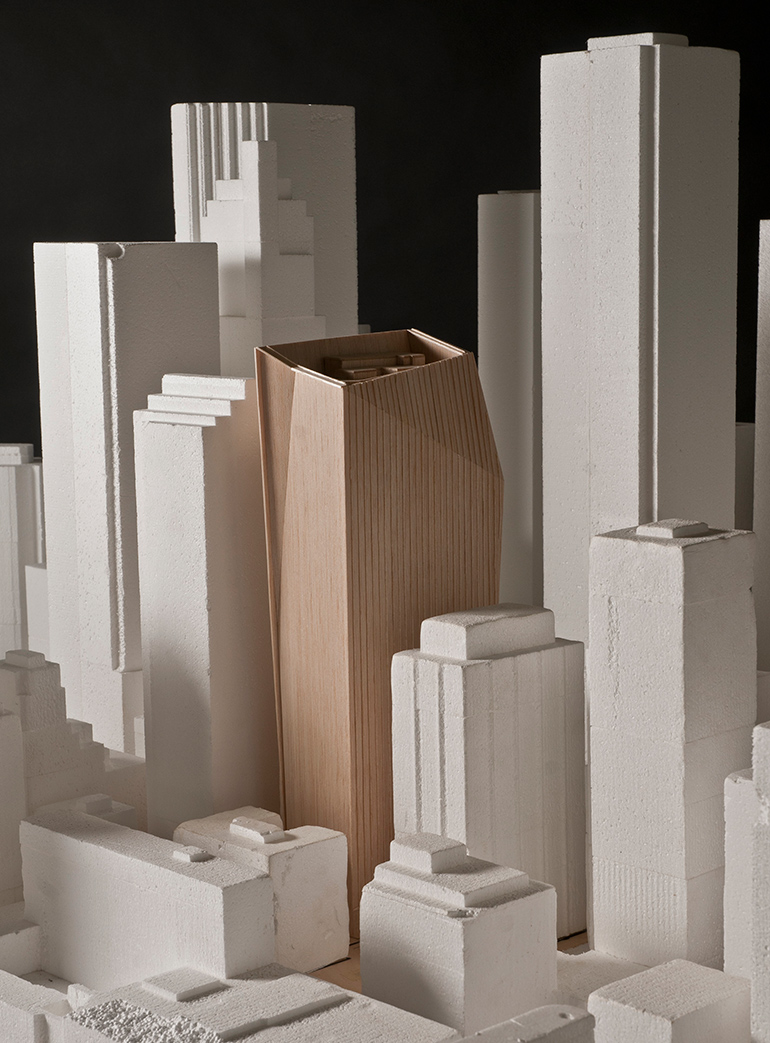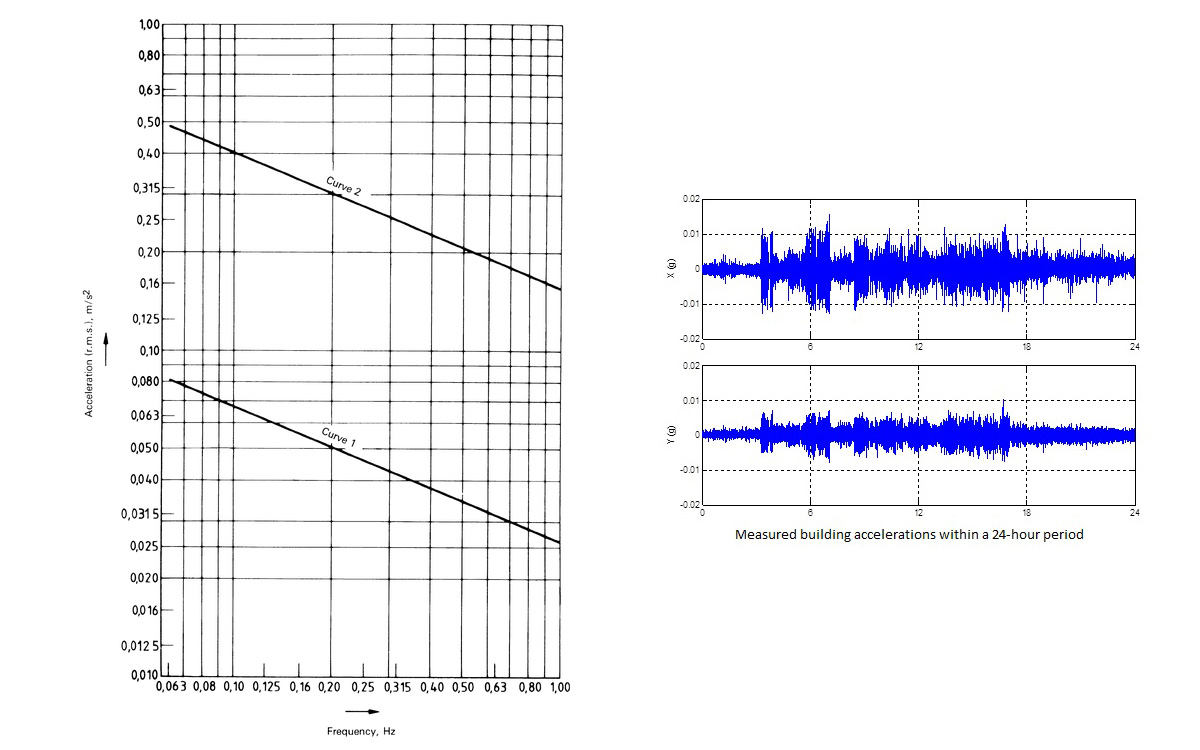Supplemental Damping Of Buildings & Structures
In many cases, stiffening lively buildings or structures is costly and reduces the amount of useable floor space. Alternatively, the process of supplemental damping provides an economical and effective option to control building accelerations and deflections. At Gradient Wind, we have designed, tested, fabricated and overseen the installation of supplemental dampers in numerous buildings across North America.
The Tuned Mass Damper (TMD) is one of the most efficient types of dampers to control excessive building motions. Leveraging solid mass made of steel or concrete, TMDs provide greater damping for a given space, and their maintenance is much easier compared to other dampers, such as Tuned Liquid Sloshing Dampers (TLSD) or Tuned Liquid Column Dampers (TLCD). Compared to pendulum or double-pendulum type TMDs, which have large space requirements, Gradient Wind’s TMDs are designed to fit in much smaller spaces while providing similar or even greater damping effects. This efficiency is accomplished through compact design that involves moving mass gliding on linear guides or multi layered-rubber bearings. Gradient Wind provides TMD design, fabrication, installation and maintenance services.
The Tuned Liquid Sloshing Damper (TLSD) is the most widely-used and economical apparatus to control building motions. This device is installed near the top of a building and consists of one or more water-filled tanks fitted with internal baffles. The motion of the water in the tank, tuned to the natural frequency of the building, passes through the baffles and dissipates the energy of the moving structure. At Gradient Wind, we can provide initial consultation for damping options, and when necessary, detailed design of the TLSD using our dynamic test rig. This rig simulates the damping effect that the TLSD would impose upon the fullscale building.



